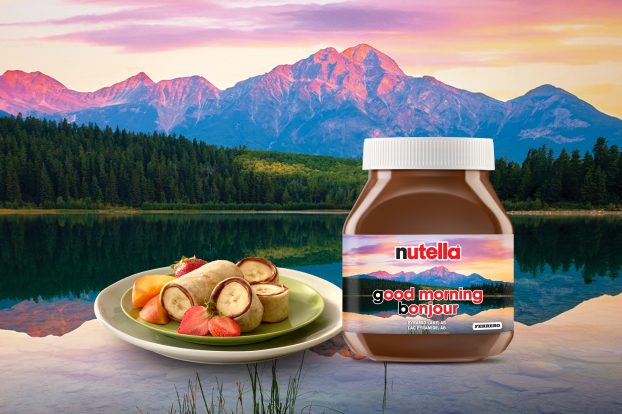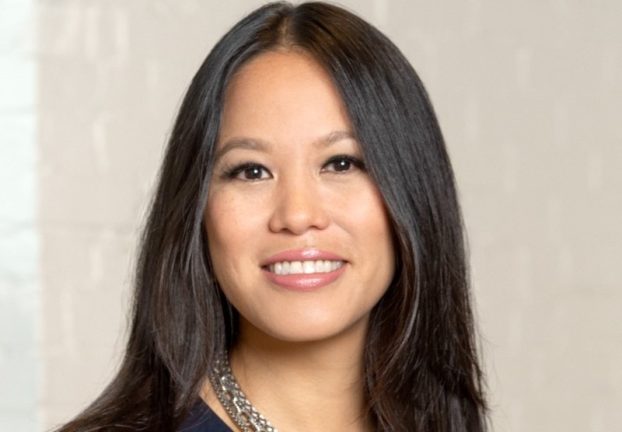Today at precisely 5 p.m. the doors of Canada’s first Eataly marketplace will open in Toronto. Inside Yorkville’s recently refurbished Manulife Centre, the world-renowned grocer has filled a 50,000 square foot space with its authentically Italian cafes, restaurants, and continental food and beverage counters.
Ennio Perrone, VP of business strategy & marketing, Eataly North America, told strategy prior to the big opening that the retailer specifically chose Toronto for its “big Italian community… strong food culture, and high standards of hospitality.”
The three-floor marketplace was developed in partnership with Toronto’s Selfridges Group and features an in-house brewery, beer shop and tasting room to tap into the growing craft beer scene, as well as seven different food counters, four restaurants and two cafes. Eataly will bring more than 100 Italian brands to Canada through the new store.
Large urban centres like New York have begun to see the return of food markets, says Perrone. Toronto itself will soon get a new food hall consisting of several different vendors, as part of the redevelopment of the Waterworks, a 1930s public utility building. Plus the city’s iconic food space, St. Lawrence Market is undergoing a $100 million dollar-plus face-lift with an opening date of 2021.
In North America, there are already two Eataly Manhattan locations, as well as a few in Chicago, Los Angeles, Las Vegas and Boston, with one more slated to open in Dallas, Texas. Perrone says the way consumers interact with the store is different in each city, but the authentic Italian experience is the same.
“We build connections with the local community, we invite major local partners and producers [like Diana’s Seafood and the Indie Ale House] to be part of Eataly. We like to put together Italian savoir-faire and local excellence.”
 Perrone says Eataly has a very clear identity, merchandising strategy and way of operating. “You’ll feel like you’re in a market in Italy in every aspect. We are already differentiated in the typology of products we carry, in our storytelling on our shelves, in the way we animate and entertain our market with flash labs, educational tastings and most importantly a skillful team on the floor,” Perrone says.
Perrone says Eataly has a very clear identity, merchandising strategy and way of operating. “You’ll feel like you’re in a market in Italy in every aspect. We are already differentiated in the typology of products we carry, in our storytelling on our shelves, in the way we animate and entertain our market with flash labs, educational tastings and most importantly a skillful team on the floor,” Perrone says.
As other grocery banners start to play with nascent technology (Sobeys, for example, recently launched a Smart Cart), Eataly likes to take a more Old World approach. The focus is on having people navigate the store, taste different products, talk to the staff and learn about Italian food culture.
“The Eataly experience is first and foremost physical,” says Perrone, although he adds that the brand does work with partners like Instacart in the U.S. and that it’s assessing different food delivery options for the Toronto location.
Part of the brand’s value proposition, he adds, is the ability to deliver high quality food, based on the principles of the Slow Food Movement of local food and traditional cooking, espoused by the company founder, Oscar Farinetti.
 The movement, originally a form of gastric protectionism, has evolved to embrace a comprehensive approach to food that recognizes the connections between plate, planet, people, politics and culture. Most of Eataly’s product assortment is from suppliers that work under that philosophy, says Perrone.
The movement, originally a form of gastric protectionism, has evolved to embrace a comprehensive approach to food that recognizes the connections between plate, planet, people, politics and culture. Most of Eataly’s product assortment is from suppliers that work under that philosophy, says Perrone.
“Our founder designed Eataly as a place for all,” he adds. “Eataly is not only a market, or a restaurant, or a food hall, we’re a full complete gastronomic experience. We cook what we sell and we sell what we cook, and you learn and enjoy in the meantime.”


























